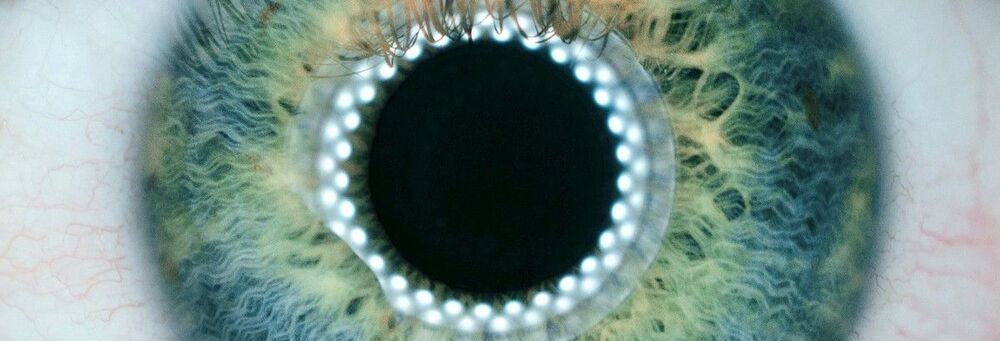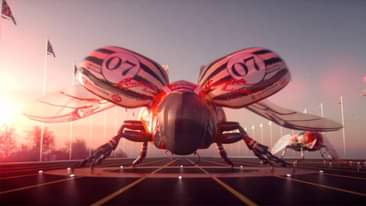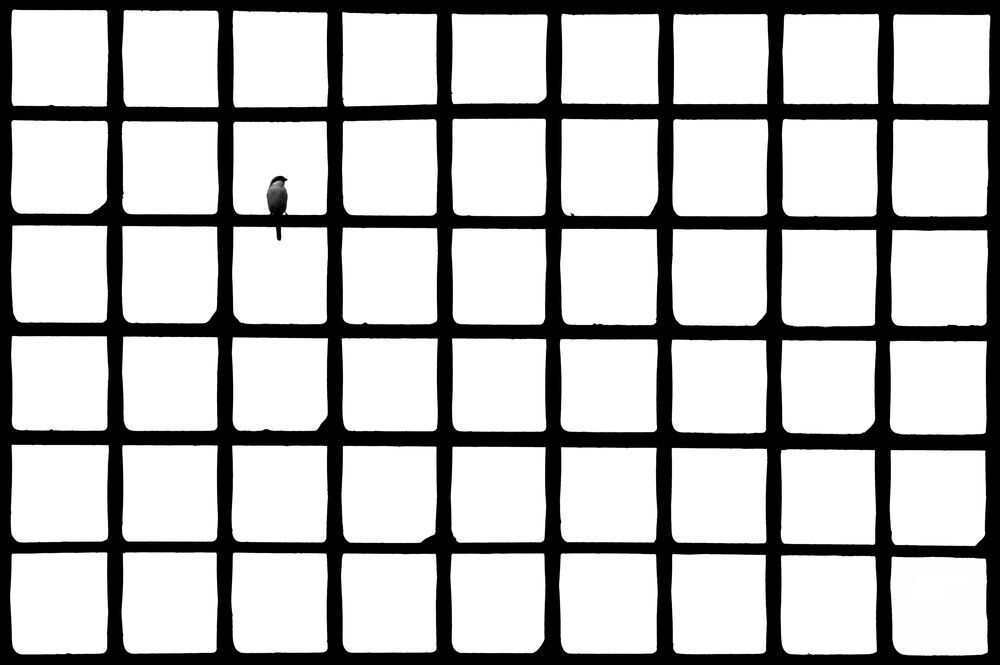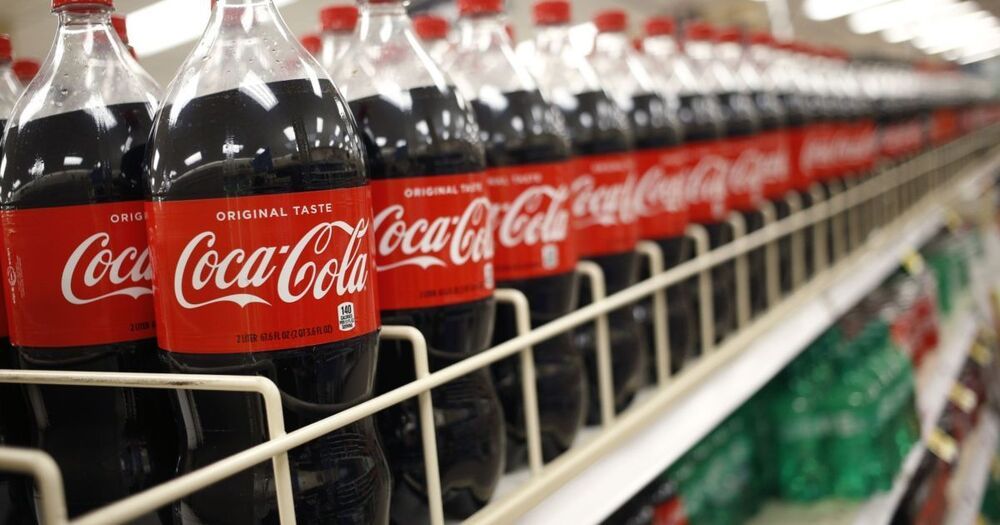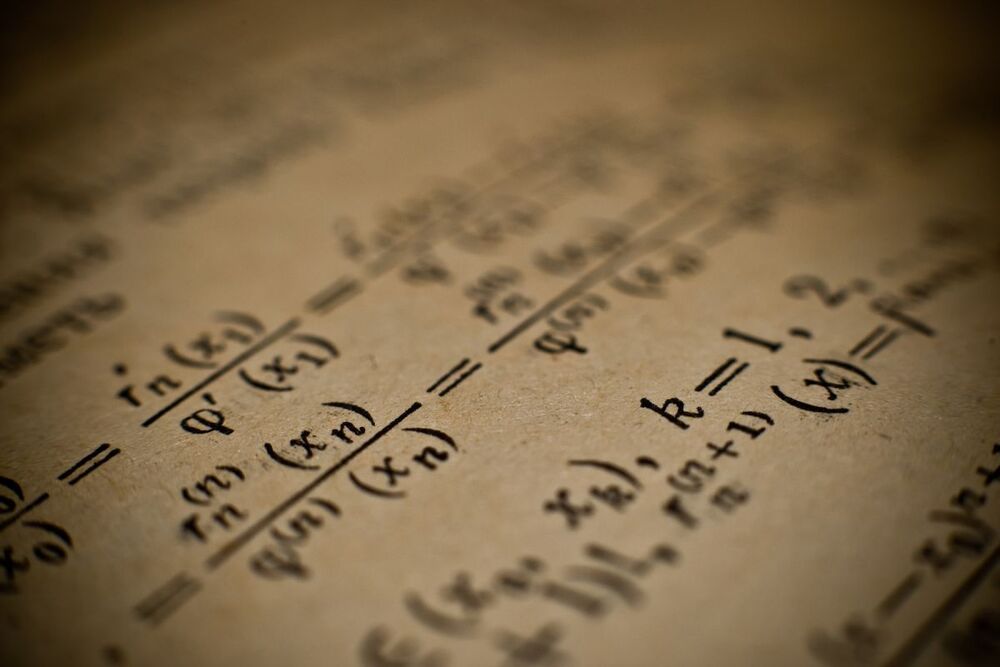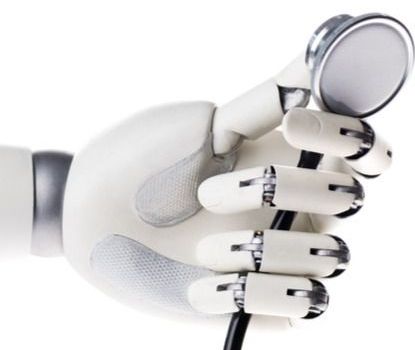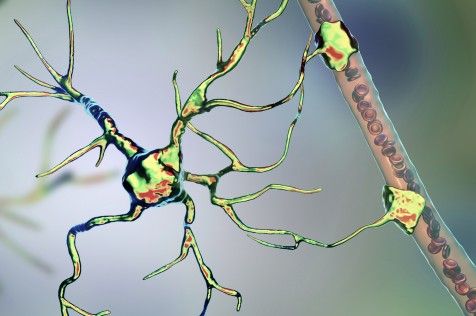How to visualize a Quantum Computation. In particular, this article presents a way to understand how superpositions work through a graphical tree.
Check out this amazing video about Synthetic Biology! (Credit: Vasil Hnãtiuk, Denis Sibilev, and Andrei Myshev)
According to ‘The Daily Telegraph’, the invisible coating on facemasks attacks the virus by rapturing its outer layer, effectively eliminating all new mutant variants, including the UK’s so-called Kent variant and the South African variant.
Some thoughts triggered by the death of the mathematician John Conway.
Sorry for the inconvenience, ScientificAmerican.com is currently down for maintenance. Please check back later.
Medically healing nanites and magic spells are one way to get a character back on their feet again, but most characters aren’t packing those kinds of tools in their medical kits. What do authors and readers need to know to keep medical services realistic for the time, place, and overall setting within the story? Our experts share their knowledge on setting bones in space to mixing poultices in the forest to stave off infection in order to keep the healing real. They will also share tips and tricks on realistic wounds, character pain management, and other speculative medicinal practices.
The new bottles will cut the company’s use of new plastic by over 20 percent in North America compared to 2018, it said.
A new artificially intelligent ‘Ramanujan Machine’ can generate hundreds of new mathematical conjectures, which might lead to new math proofs and theorems.
It’s 2050 and you’re due for your monthly physical exam. Times have changed, so you no longer have to endure an orifices check, a needle in your vein, and a week of waiting for your blood test results. Instead, the nurse welcomes you with, “The doctor will sniff you now,” and takes you into an airtight chamber wired up to a massive computer. As you rest, the volatile molecules you exhale or emit from your body and skin slowly drift into the complex artificial intelligence apparatus, colloquially known as Deep Nose. Behind the scene, Deep Nose’s massive electronic brain starts crunching through the molecules, comparing them to its enormous olfactory database. Once it’s got a noseful, the AI matches your odors to the medical conditions that cause them and generates a printout of your health. Your human doctor goes over the results with you and plans your treatment or adjusts your meds.
The human genome contains billions of pieces of information and around 22000 genes, but not all of it is, strictly speaking, human. Eight percent of our DNA consists of remnants of ancient viruses, and another 40 percent is made up of repetitive strings of genetic letters that is also thought to have a viral origin. Those extensive viral regions are much more than evolutionary relics: They may be deeply involved with a wide range of diseases including multiple sclerosis, hemophilia, and amyotrophic lateral sclerosis (ALS), along with certain types of dementia and cancer.
For many years, biologists had little understanding of how that connection worked—so little that they came to refer to the viral part of our DNA as dark matter within the genome. “They just meant they didn’t know what it was or what it did,” explains Molly Gale Hammell, an associate professor at Cold Spring Harbor Laboratory. It became evident that the virus-related sections of the genetic code do not participate in the normal construction and regulation of the body. But in that case, how do they contribute to disease?
Eight percent of our DNA consists of remnants of ancient viruses, and another 40 percent is made up of repetitive strings of genetic letters that is also thought to have a viral origin.
